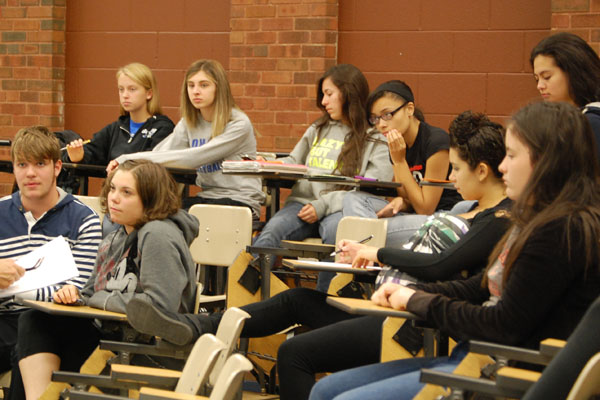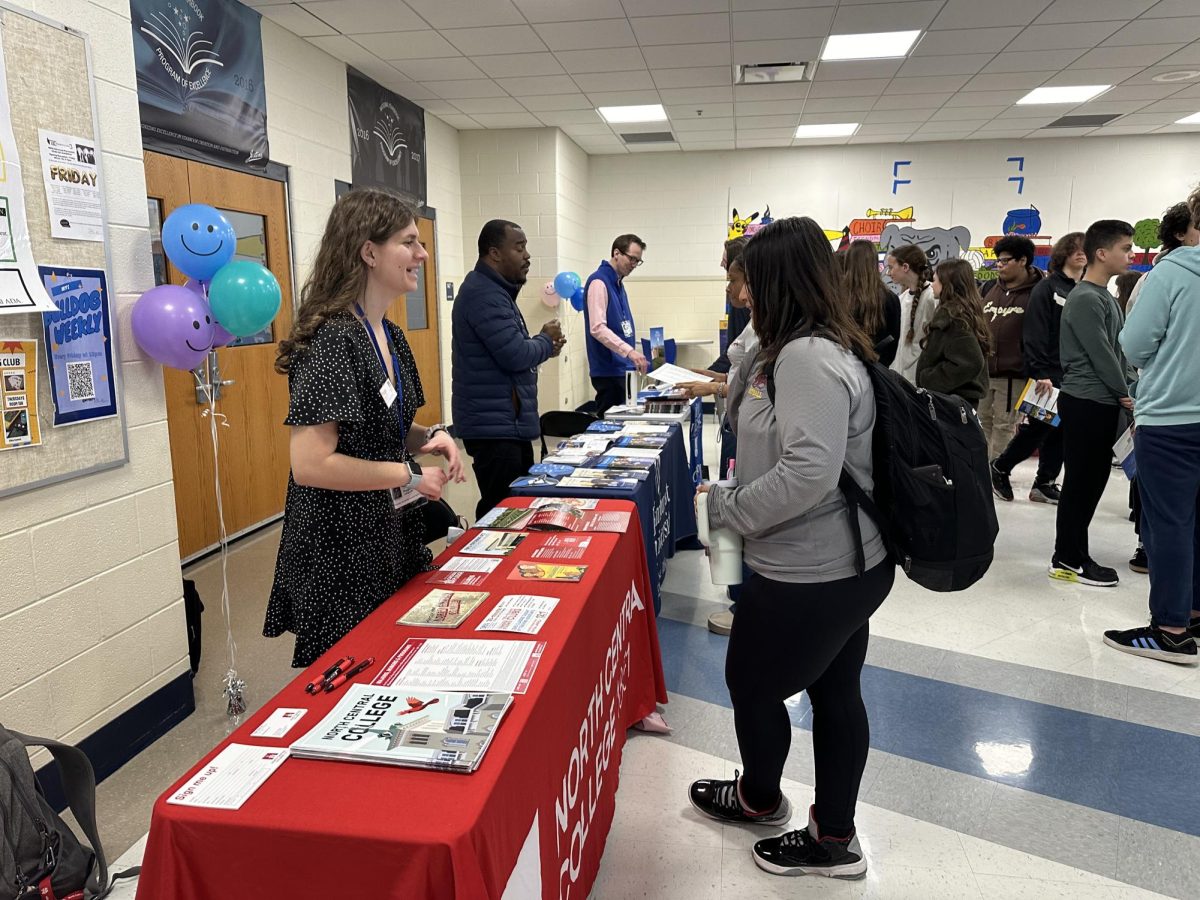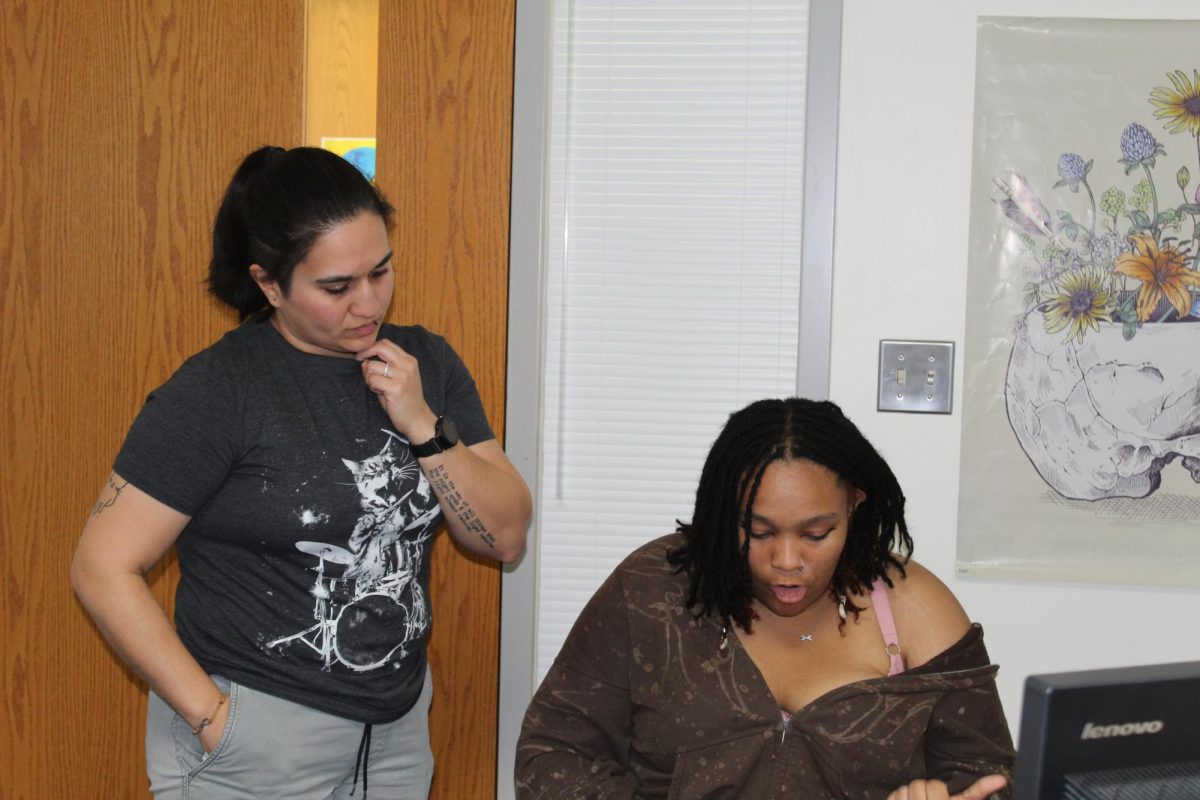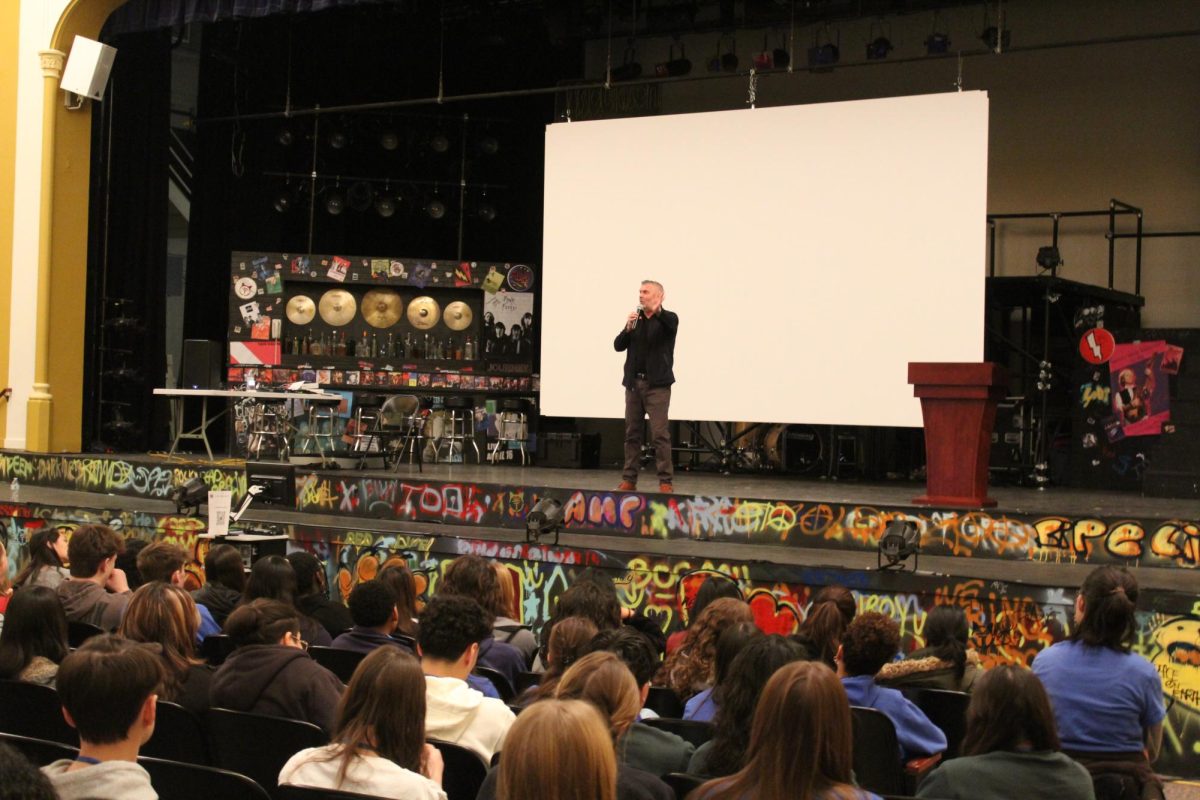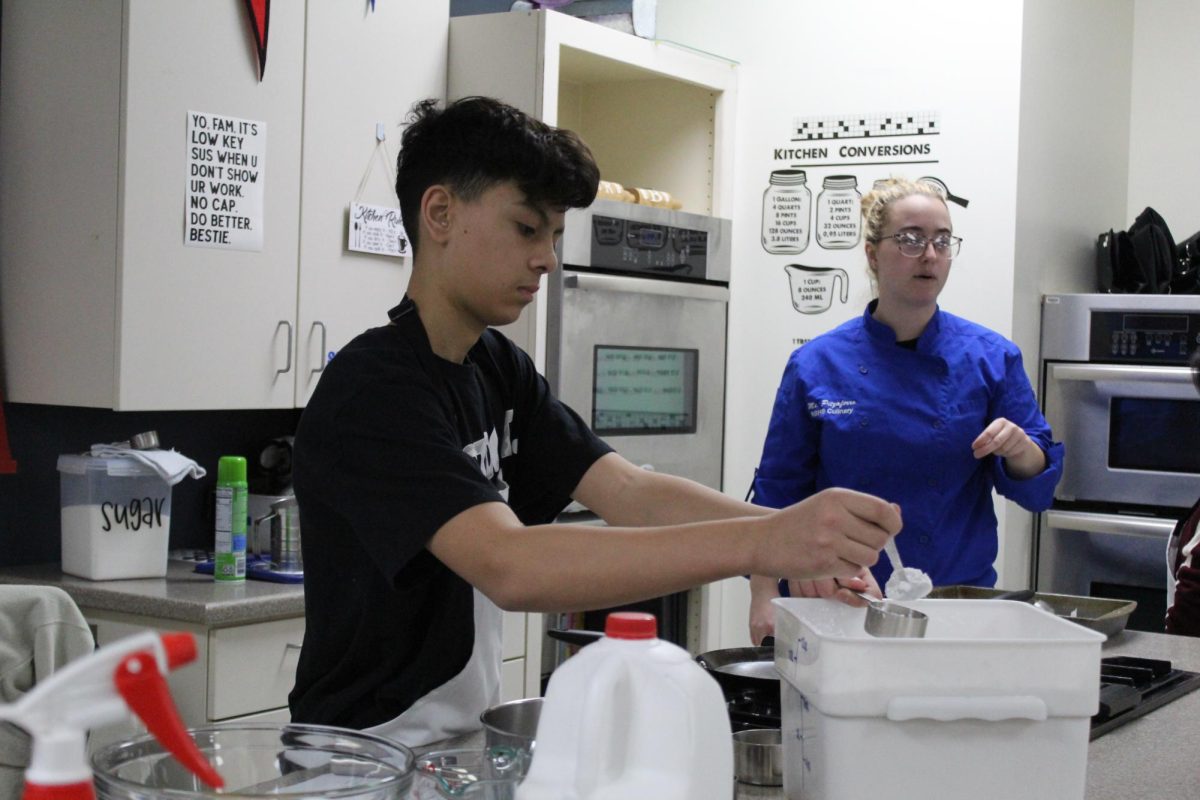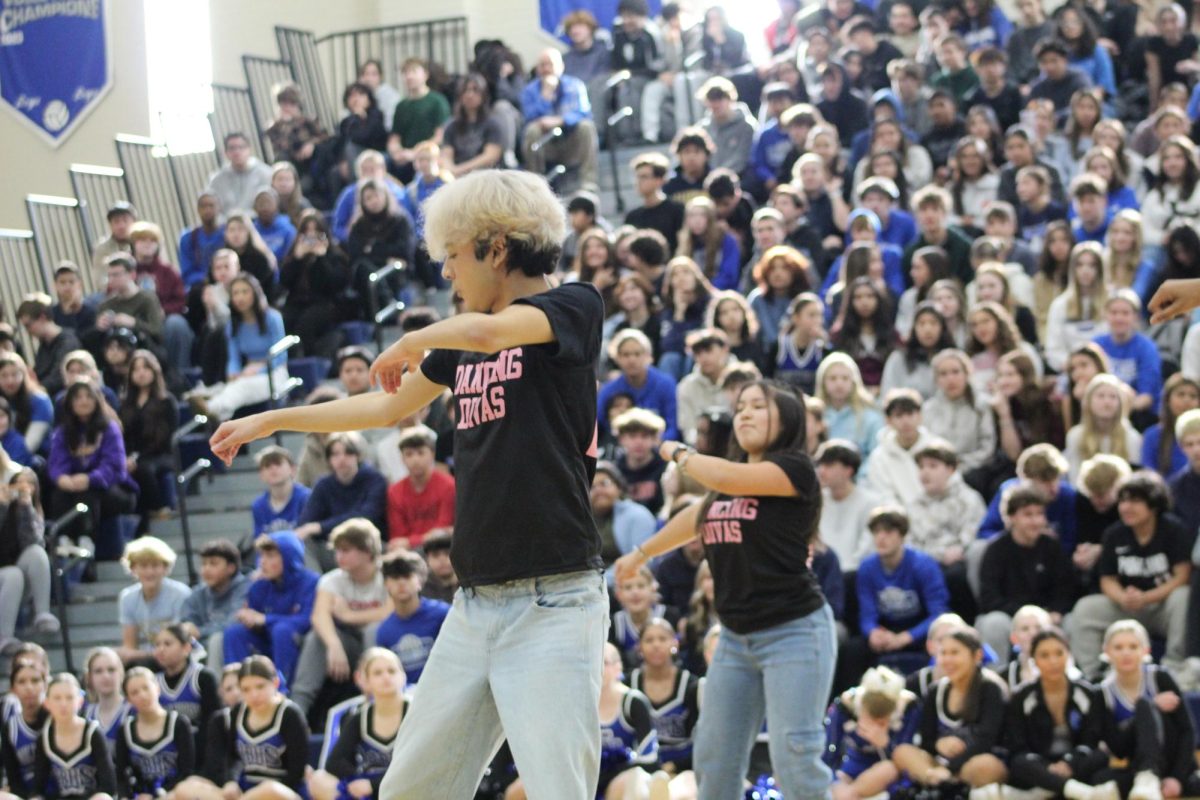In the first part of Clarion’s look at RB’s increased classes, we focused on the experience of teachers. But what about how students feel? Are increased class sizes significant to them? Have they even noticed?
With some classes ranging between 30-36 students, kids are noticing the same kinds of difficulties with one-on-one teacher interaction and classroom management that the teachers found.
“The teachers cannot really interact with you because the teachers sometimes have a hard time controlling the class since the kids are talkative,” said senior Ileana Ruiz.
Larger class sizes can create a scenario where it has become more difficult to communicate with teachers. With so many more students requiring their attention, teachers and students agree that it can be hard to handle the change.
“I find it harder for me to pay attention and there are more interruptions,” said senior Alma Rodriguez.
Some students have noted that the larger class sizes have changed how teachers are teaching, which also changes how students are behaving. Students may be paying less attention in class due to increased distractions and more interruptions.
“Because this is high school and not designed for lecture hall type classes, it leads to side conversations,” said senior Stephanie Wolff.
Senior Alex Campillanos agrees. He said, “You are forced to learn a certain way – a much more difficult way – and if you need help, you are less likely to get it.”
In response to the changes, students are also changing their study habits to compensate for having less one-on-one time in class. Some look for alternative ways to get attention from their teachers.
“I will go in before school, which I do more now than I used to have to do,” said senior Marcy Rodriguez.
Others look to their peers. “I ask friends for help if I need it,” said senior Cynthia Gonzalez.
The end result? Whether teacher or student, everyone at RB is feeling like bigger class sizes are affecting the classroom.

